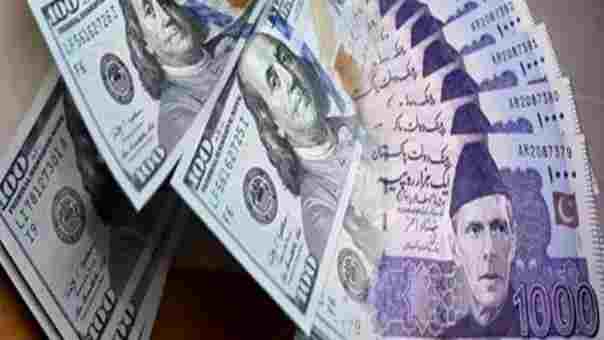Karachi, July 2, 2025 – The Pakistani rupee came under renewed pressure on Wednesday, closing at PKR 283.95 against the US dollar in the interbank foreign exchange market.
The local unit lost 19 paisas from the previous closing of PKR 283.76 on June 30, as the market reopened after a bank holiday.
Currency dealers and analysts attributed the weakness in the rupee to higher dollar demand, particularly from importers and corporate entities settling payments at the start of the new fiscal year 2025-26. The interbank market witnessed increased volatility as traders adjusted to policy and tariff changes introduced in the federal budget.
The State Bank of Pakistan (SBP) had declared July 1, 2025, a bank holiday, which led to a backlog in foreign exchange transactions. This backlog, combined with the surge in dollar demand for new import orders, created temporary pressure on the rupee.
Experts noted that the release of fresh trade data by the Pakistan Bureau of Statistics (PBS) also influenced sentiment. The figures revealed that importers had delayed new shipments in anticipation of revised tariff structures, including the removal of regulatory and additional customs duties. These changes came into effect on July 1, resulting in a reshuffling of trade flows.
Despite the day’s decline, market insiders expressed cautious optimism about the rupee’s near-term outlook. They pointed to potential inflows from workers’ remittances and export earnings that could help stabilize the local currency. “We expect the rupee to regain footing in the coming sessions as inward remittances and export receipts pick up,” one analyst said.
In June 2025, Pakistan’s import bill declined by 7.08%, falling to $4.87 billion from $5.24 billion in May. This reduction may ease some of the demand-side pressure on the dollar, thereby supporting the rupee in the interbank market going forward.
As the fiscal year unfolds, traders and investors will closely monitor the balance between supply and demand in the interbank market, as well as the SBP’s policy stance, to gauge the direction of the rupee-dollar exchange rate.
